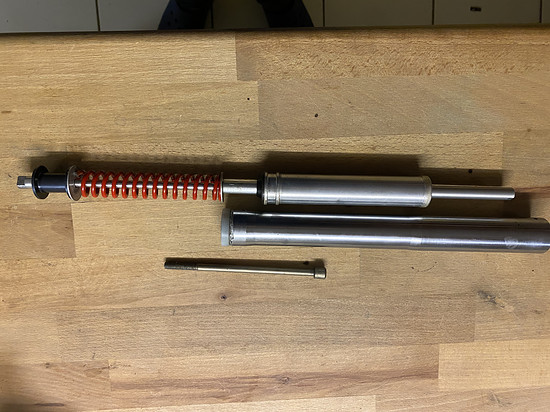kjarrett
Retro Guru
Hi all, this is a long-shot post, but hoping one of you might have some info for me.
Re: that DBR Vertex WCF I posted the other day ... the Mantiou Comp fork does actuate but I'm thinking about replacing the elastomers with springs. I found a couple different companies that might have what I need (SRP, Worldwide Cyclery, SuspensionForkParts.net) but only the latter has anything (just elastomers). Also found some people in various other forums who did this mod many years ago; I have reached out but haven't gotten any responses yet.
Looking for ideas, perhaps old parts, any suggestions.
Thanks in advance for any help!
-kj-
Re: that DBR Vertex WCF I posted the other day ... the Mantiou Comp fork does actuate but I'm thinking about replacing the elastomers with springs. I found a couple different companies that might have what I need (SRP, Worldwide Cyclery, SuspensionForkParts.net) but only the latter has anything (just elastomers). Also found some people in various other forums who did this mod many years ago; I have reached out but haven't gotten any responses yet.
Looking for ideas, perhaps old parts, any suggestions.
Thanks in advance for any help!
-kj-
